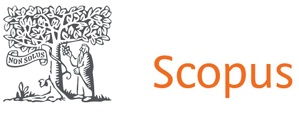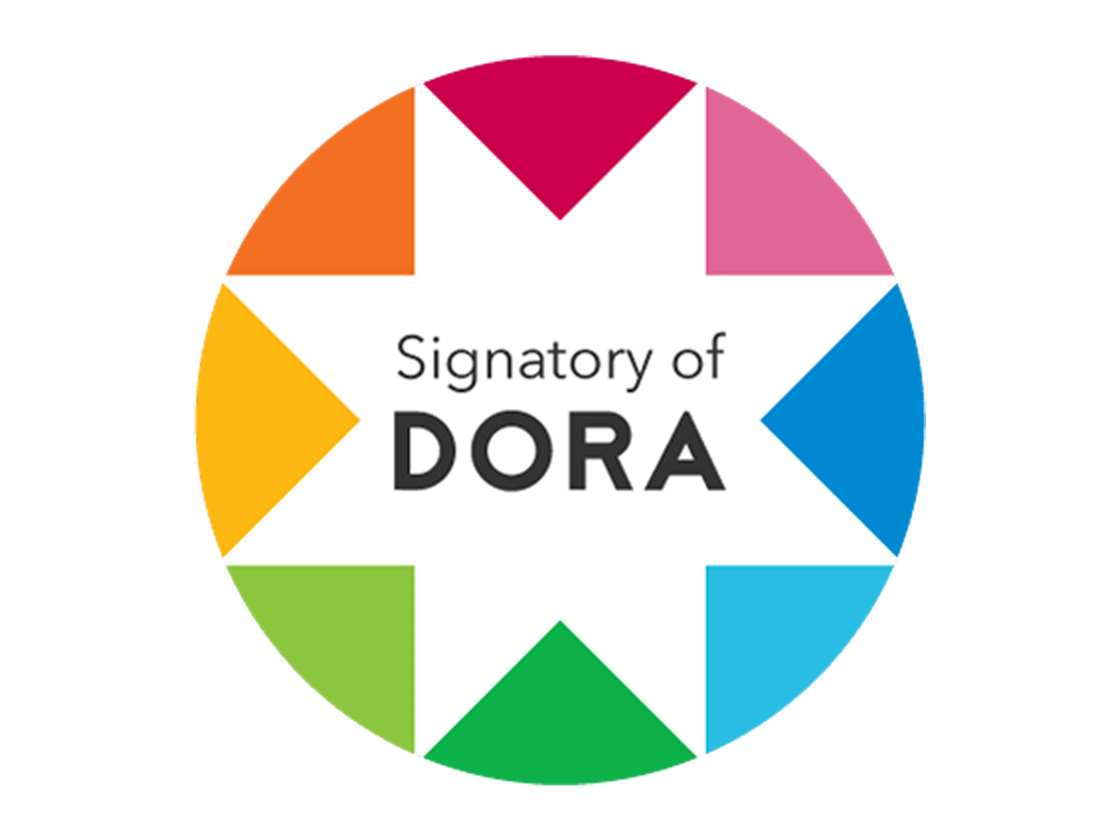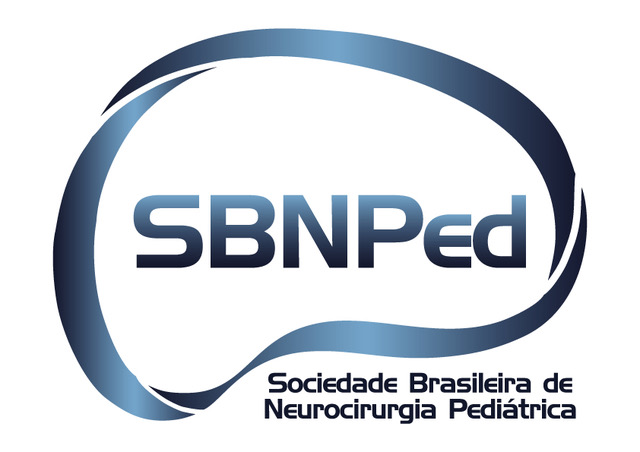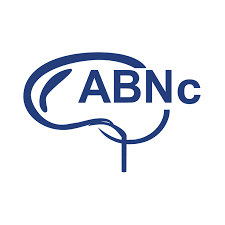Surgical management and outcomes of childhood hydrocephalus in a resource-challenged setting in Northeast Nigeria
DOI:
https://doi.org/10.46900/apn.v7i1.290Keywords:
Childhood, Hydrocephalus, Ventriculoperitoneal shunt, Outcomes, Resource-challengedAbstract
Background: Hydrocephalus is the most common neurosurgical presentation among pediatric patients in our center. The specificity of children with this condition justifies special care by a team comprising of pediatric neurosurgeons, anesthesiologist and nurses. A ventriculoperitoneal shunt is the surgical treatment we offer these patients, as facilities for other treatment options are unavailable. This study aimed to determine the outcomes of surgical management of childhood hydrocephalus in our center.
Patients and methods: A retrospective observational study that recruited all pediatric patients aged 16 years and below who had surgical intervention for hydrocephalus in our facility from January 2019 to December 2021. Data was analyzed using simple descriptive statistics.
Results: A total of 73 pediatric patients with hydrocephalus were recruited. The majority (53.4%) were males with a male-to-female ratio of 1.1:1. Most of the patients (53.4%) had acquired hydrocephalus and had ventriculoperitoneal shunt (93.2%) as surgical intervention. Nineteen point two percent (14 patients) had postoperative complications. Proximal shunt obstruction (6.9%); followed by surgical site infection (5.5%) were the most common and occurred commonly in those operated during infancy period. Mortality was higher in patients that had external ventricular drain (EVD). Overall mortality was 5.5%.
Conclusion: Acquired hydrocephalus is the most common type of hydrocephalus in children in our center. Ventriculoperitoneal shunt remains the surgical treatment employed with favorable outcomes despite limitations.
Downloads

Downloads
Published
How to Cite
Issue
Section
License
Copyright (c) 2025 Usman Daibu, Babagana Usman, Babagana Mohammed, Samuel Wabada

This work is licensed under a Creative Commons Attribution 4.0 International License.

When publishing in Archives of Pediatric Neurosurgery journal, authors retain the copyright of their article and agree to license their work using a Creative Commons Attribution 4.0 International Public License (CC BY 4.0), thereby accepting the terms and conditions of this license (https://creativecommons.org/licenses/by/4.0/legalcode).
The CC BY 4.0 license terms applies to both readers and the publisher and allows them to: share (copy and redistribute in any medium or format) and adapt (remix, transform, and build upon) the article for any purpose, even commercially, provided that appropriate credit is given to the authors and the journal in which the article was published.
Authors grant Archives of Pediatric Neurosurgery the right to first publish the article and identify itself as the original publisher. Under the terms of the CC BY 4.0 license, authors allow the journal to distribute the article in third party databases, as long as its original authors and citation details are identified.





























